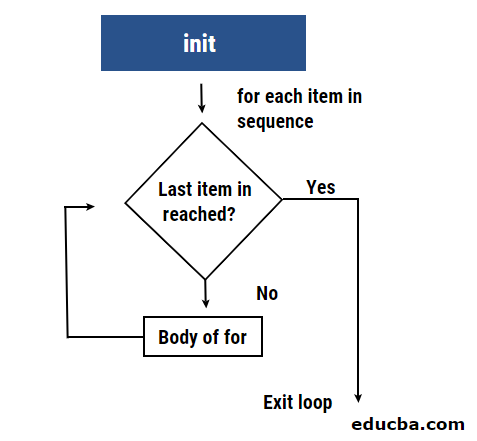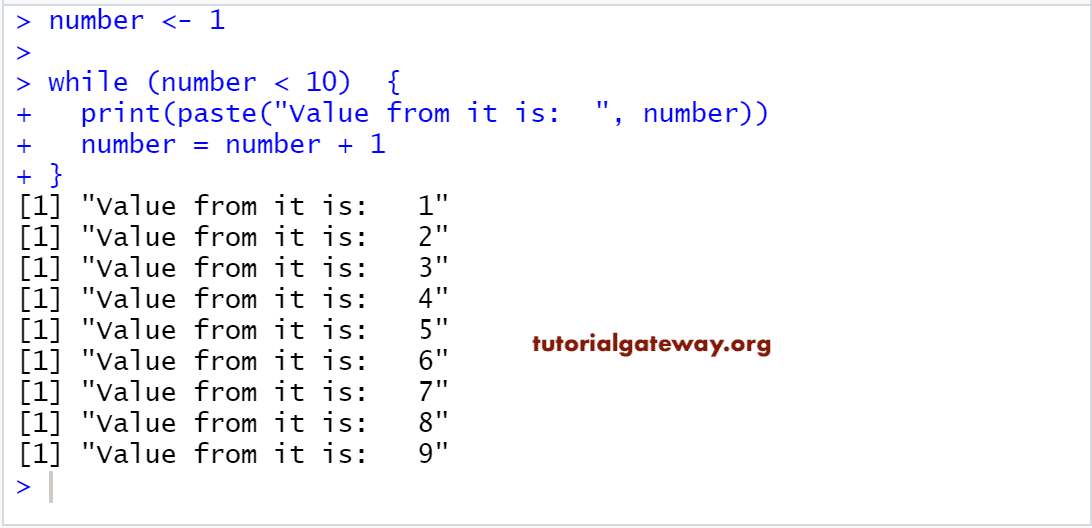

The next statement immediately causes control to return to the start of the loop. The break statement causes an exit from the innermost loop that is currently being executed. There are two statements that can be used to explicitly control looping. R also provides other functions for implicit looping such as tapply, apply, and lapply. Each of the three statements returns the value of the last statement that was evaluated. How do we write a function? All functions in R have two parts: The input arguments and the body.R has three statements that provide explicit looping. We may want to put this in a function so that we don’t have to worry about typing the number multiple times and ending up with typos like we did above. In this example, we have to multiply two different columns by a very long number and then add 10. Many functions you would commonly use are built, but you can create custom functions to do anything you want. When you take an average mean(), find the dimensions of something dim, or anything else where you type a command followed immediately by paratheses you are calling a function. Typos like these can happen anytime, and best practice is if you’re going to need to do something more than once, put it what’s called a function.

Surveys_adjusted$hindfoot_length <- surveys$hindfoot_length* 1.1245697375093747 +10ĭo you see the problem above? While typing in that really long number, I accidently hit a 9 instead of an 8.

Let’s save our adjusted data to our data folder: Putting quotes around each cell is the default and can be beneficial if you have special characters or a lot of spaces and tabs within a cell, however, most of the time you will not need this and should set quote=FALSE, especially if you plan on opening the saved file in a program other than R. The other three arguments above give instructions about whether you’d like to include the row names of the data, the column names of the data, and whether you’d like quotes to be put around each cell. You could also put sep="\t" for a tab-delimited file or sep="\n" if you want each cell to be in it’s own row. Here, we’ve put a, so this will create a. The sep arguement let’s you choose how you want the cells in your file to be delimited. Then you give it the path and name of file you want to save it to. The first arguement asks for the variable the table you wish to write out is stored. Write.table(table_variable, "name_of_file_to_write_to", sep= ",", row.names= FALSE, col.names= FALSE, quote= FALSE)


 0 kommentar(er)
0 kommentar(er)
